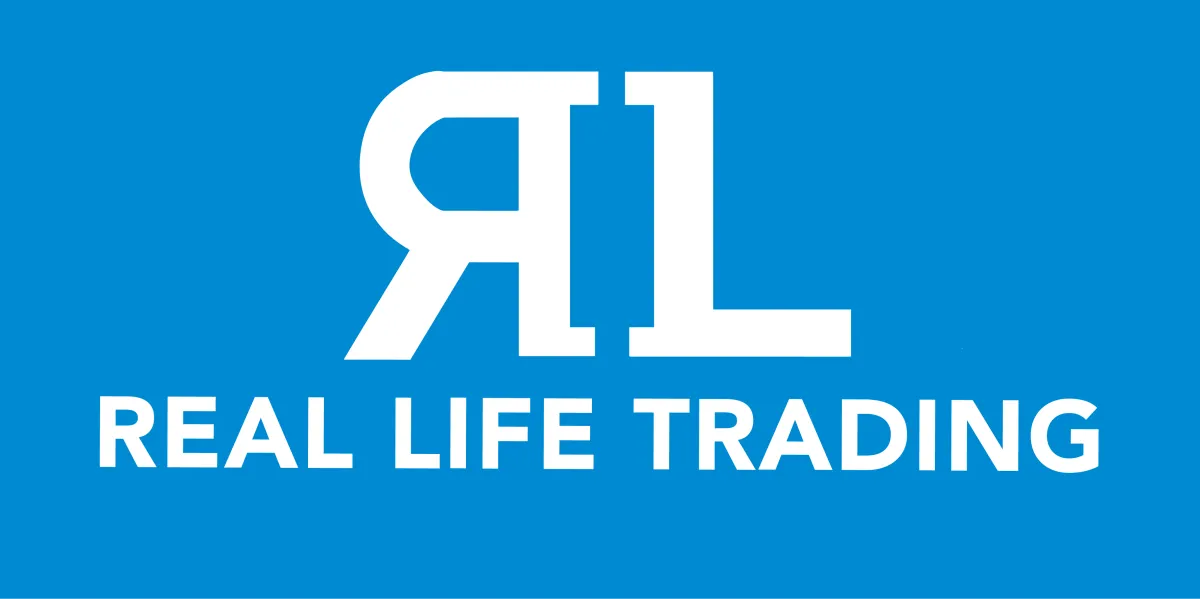
Market Milestones: Made in America
The tech giants powered higher during the shortened holiday week, with the all-American car company, TSLA, leading the charge. TSLA is up 40% since it perfectly retested the 100DSMA and took off. All resistance has been obliterated as it powered higher in an explosive three-day move. TSLA even broke through its major downward trendline, which feels like it has been holding since the beginning of time, or more accurately, since November 2021. This strong bullish push on TSLA puts any new lows and any bear thesis in real jeopardy. Long is strong on TSLA, and dips should be buyable. The only wrench that could get thrown into this bullish momentum is the earnings report on July 23rd. It is clear by the gaps, volume, and momentum that TSLA is in a third wave currently. This means there will be a dip for wave four and a continuation higher for wave five in the weeks ahead.
TSLA

While it appears the market may be changing its mind on TSLA and its AI capabilities, it is still unwaveringly bullish on NVDA and AVGO and their role in our AI future. The famous portfolio manager, Nancy Pelosi, invigorated the hype around AVGO by purchasing 20 ultra-deep in-the-money long term calls, as is her modus operandi. AVGO could still be in a larger ABC correction and get down into the optimum buy zone we outlined last week. However, these AI names don’t like to play by the rules, and once the momentum is behind them, they don’t tend to go down. It is worth noting that NVDA, AVGO, AMD, AMAT, QCOM, and MU have yet to make new highs, which shows that they are, in fact, lagging the market currently, instead of leading it higher.
AVGO

This Independence Day is the perfect day to talk about how and why you may want to invest in America. We continually reference "the market" in this newsletter, and we are generally referring to the Standard and Poor’s 500 or S&P 500. We are also often referring to the Nasdaq 100 because the world is so heavily tech-based these days and the Nasdaq 100 index is more tech-focused than the S&P 500. The S&P 500 is a stock market index comprised of the 500 largest companies in America. The Nasdaq 100 is comprised of the 100 largest and most innovative non-financial companies listed on the Nasdaq.
Let’s focus on the S&P 500 for simplicity's sake. The S&P 500 is a capitalization-weighted index, which means the larger the company, the larger the percentage of the total index. This is why Apple and Microsoft have such an outsized impact on the S&P 500. Apple makes up 6.8% of the S&P 500 while Microsoft makes up 7.38% of the S&P 500. The bottom stocks in the S&P 500 are companies like Match Group, Etsy, Fox, Wynn Resorts, Walgreens, Hasbro, Paramount, and Bath and Body Works, which each make up 0.02% or 0.01% of the total index. Since the S&P 500 is comprised of the top 500 companies in America, companies continually rotate in and out in order to include the best and most successful companies and remove the companies that are failing and falling behind.
Check out this amazing website I found while researching this newsletter. It shows the top 20 S&P companies by market cap for every year going back to 1990. It also highlights how MSFT has been absolutely dominating the charts since 2000!

One recent addition to the S&P 500 is Super Micro Computer (SMCI). SMCI is down 30% from its peak in March and is a great stock to trade for AI exposure and huge volatility. Hopefully, they take a page out of the NVDA and AVGO playbook and announce a 10:1 stock split in their August earnings call.
SMCI

The process of continually updating the 500 companies to only include the best companies in America makes the S&P 500 the top stock index in the world. America has produced seven trillion-dollar companies and will likely produce many more with the upcoming AI boom. Europe on the other hand has only produced one company worth more than $500 billion dollars and that company is Novo Nordisk (NVO) founded in Denmark in 1924. Astrazeneca (AZN) is the UK’s most valuable company at an itty bitty, teeny tiny $237 billion dollars. That’s a random Wednesday for the American powerhouse and breakout AI star, Nvidia. The wins just keep stacking up on America’s score card.

The average return on the S&P 500 over the last 20 years is 9.88% and the average return on the Nasdaq 100 over the last 20 years is 14.51%. You can get exposure to both of these indexes through ETFs that are very easy and very inexpensive to trade and hold. The largest S&P 500 ETF is the SPDR S&P 500 ETF Trust (SPY), which is the main one we watch, trade and reference here at RLT. It has a higher expense ratio than BlackRock’s IVV and Vanguard’s VOO, so if you are simply buying and holding for the long term, either of those would be better than SPY. The Invesco QQQ Trust, QQQ, is a great way to get exposure to the Nasdaq 100, which will likely continue to outperform the S&P 500 due to its heavy tech weighting. If you want a slightly lower expense ratio there is always Invesco’s QQQM which has much less volume and liquidity but is great for buy and hold investing.
ABOUT REAL LIFE TRADING
We are a stock trading education company. Our goal is to teach and empower people to create generational wealth to enrich their lives and communities.
ONLINE TRAINING LINKS

